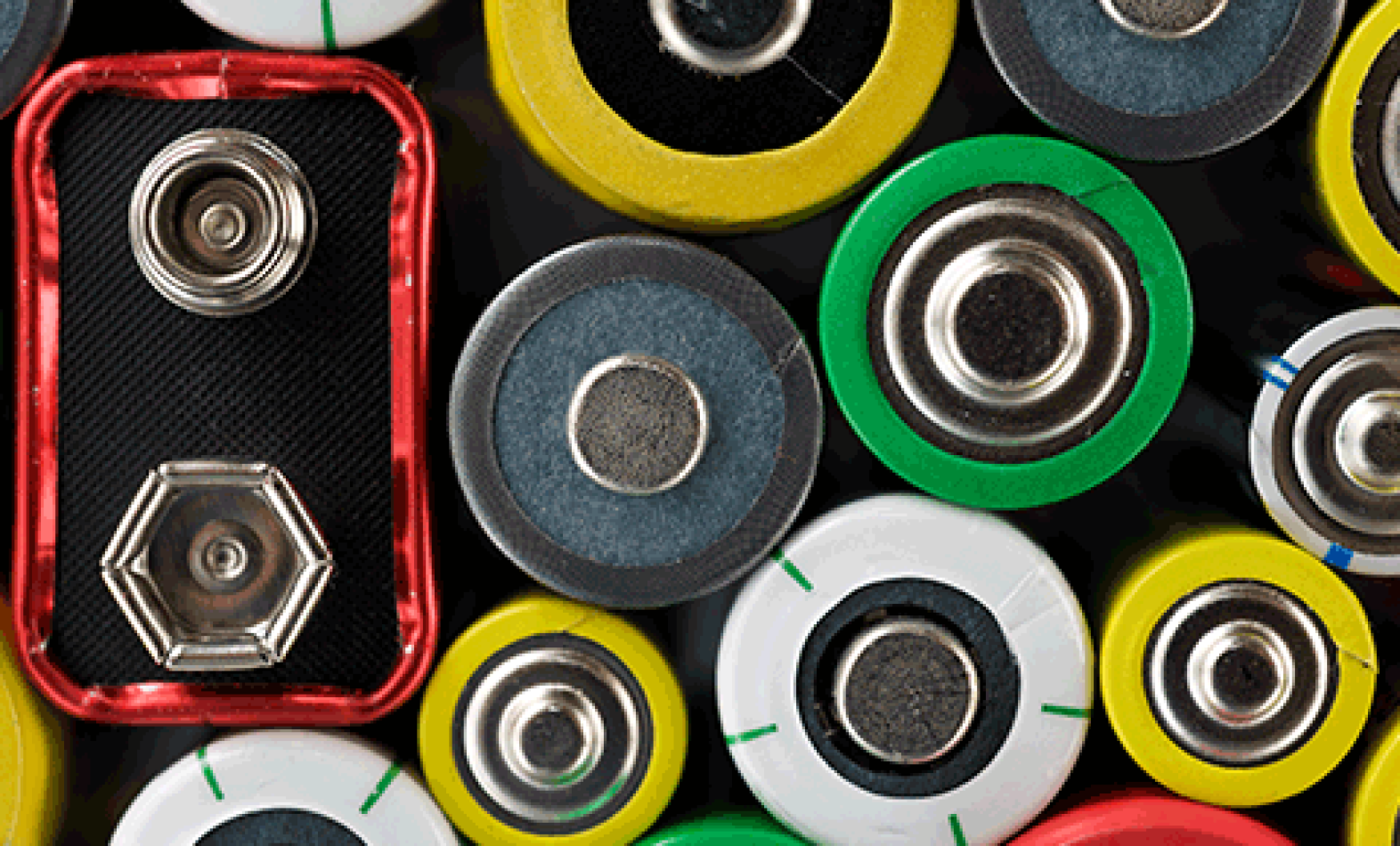As part of our work in this field, the Electrochemical Safety Research Institute (ESRI) and the Office of Research Experiences & Education (OREE) share information on the foundations and current landscape of electrochemical safety. Visit the Initiative Updates tab to dive deeper into these concepts and download resources.

What Keeps Lithium-Ion Batteries Safe?
Learn how original branded cells and batteries with authentic safety marks have undergone extensive testing and are certified by approved accredited labs.

Lithium-ion Manufacturing and Risk Reduction
Lithium-ion technology is generally safe when quality battery manufacturers take exhaustive steps to minimize design flaws, vet material suppliers and control quality of production. To prevent damage and risks, manufacturers take special precautions and follow exact procedures.

Universal Chargers and Safety
The fast-paced world of today relies heavily on the portability of communications tools, used in a wide variety of applications, from social interactions and entertainment to international trade and e-commerce. With the steady rise in demand for portable devices of various uses comes the need...

Environmental Impacts of Lithium-ion Batteries
Lithium-ion batteries present trade-offs regarding environmental sustainability. What are the benefits and the drawbacks?

Destructive Physical Analysis of a Cylindrical Cell
The first step to destructively analyze any Li-ion cell is to discharge it below one volt. Once you have confirmed this, you can start working on the cell. The method shown here has been used for more than 25 years. Watch the video to learn more.

What Are Lithium-Ion Batteries?
Lithium-ion is the most popular rechargeable battery chemistry used today. Lithium-ion batteries consist of single or multiple lithium-ion cells and a protective circuit board. They are called batteries once the cell or cells are installed inside a device with the protective circuit board.

Where Are Lithium-Ion Batteries?
Products powered by lithium-ion batteries — from wearable technology and mobile phones to satellites and electric buses — require a range of specifications for optimum and safe performance with respect to energy, power and life span. Learn about the variety of formats they are produced in.

What Is Thermal Runaway?
One of the primary risks related to lithium-ion batteries is thermal runaway. Thermal runaway is a phenomenon in which the lithium-ion cell enters an uncontrollable, self-heating state. Thermal runaway can result in extremely high temperatures, violent cell venting, smoke and fire.
